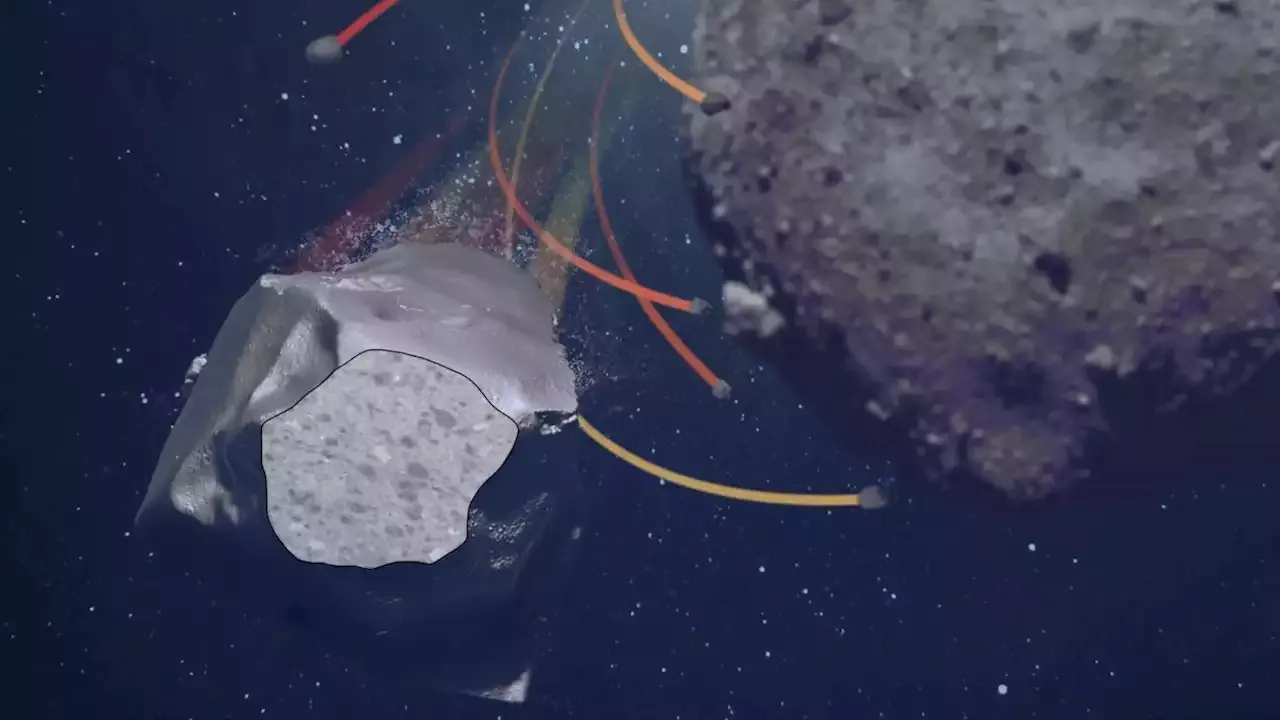Asteroids aren't always as solid as they seem.
In 2019, when NASA's OSIRIS-REx spacecraft approached the asteroid Bennu, scientists saw something stunning in the images beamed back to Earth. The surface of the space rock wasn't calm — instead, swarms of marble-sized rocks were popcorning off the asteroid.
"It provides a new way of explaining the way that minerals on the surfaces of asteroids get mixed," Xin Yang, a graduate student at the Chicago Field Museum and the University of Chicago and the first author of the new study, said in a statement. However, the new study, published Aug. 11 in the journal Nature Astronomy , indicates that it actually doesn't take much to morph an asteroid. The researchers discovered this when they examined a bit of the Aguas Zarcas meteorite, which fell in Costa Rica in 2019.
Mineral mixing The 2019 images of Bennu's popcorning surface helped tell the rest of the meteorite’s story. Bennu and Aguas Zarcas are both carbon-rich rocks that formed early in the solar system's history. Therefore,the Aguas Zarcas fragment that hit Earth may have broken off an asteroid very similar to Bennu.
